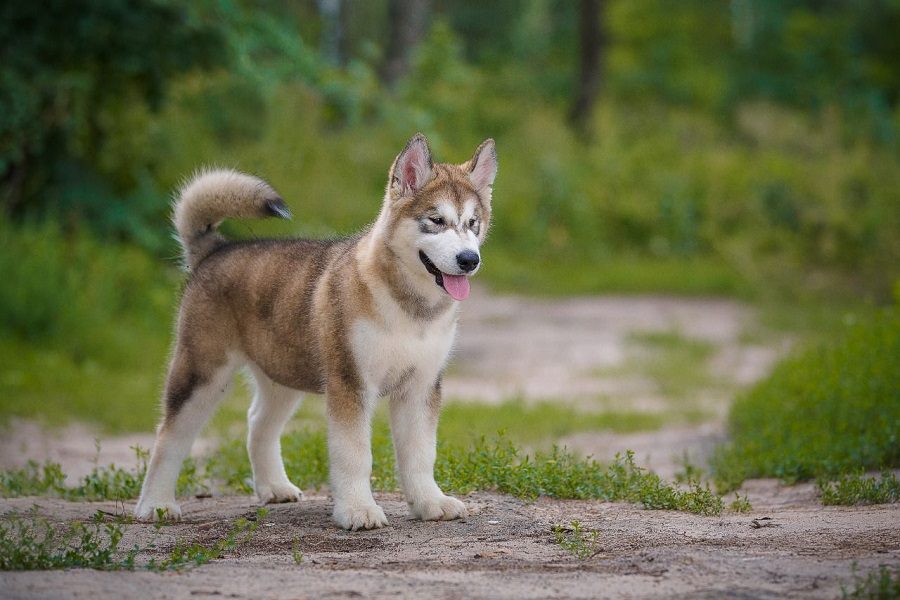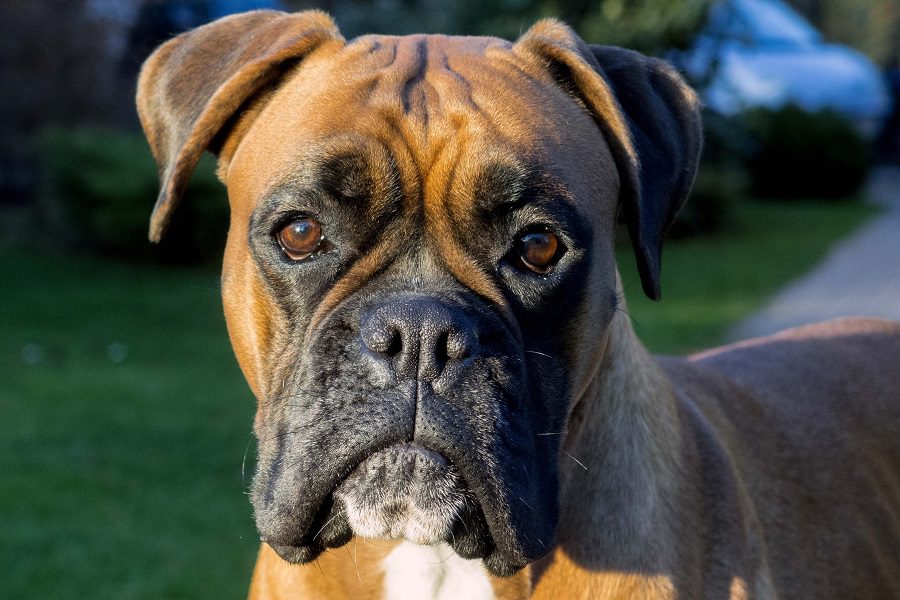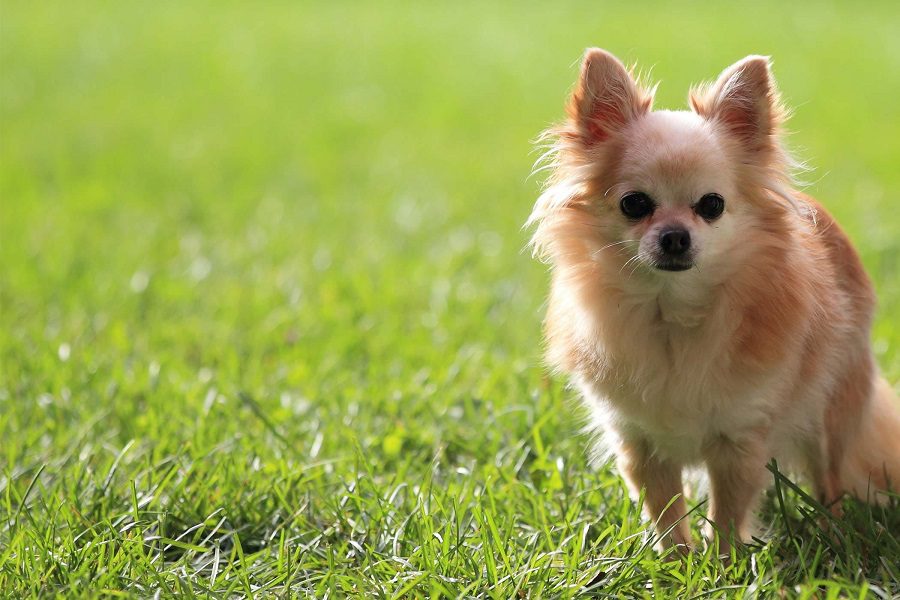Last Updated: 2 years ago
The Pomeranians were officially recognized in 1888 by the American Kennel Club and are currently ranked as the 22nd most popular of the dog breeds.
The Spitz Group is the unofficial group into which the Pomeranians fall.
Common Characteristics
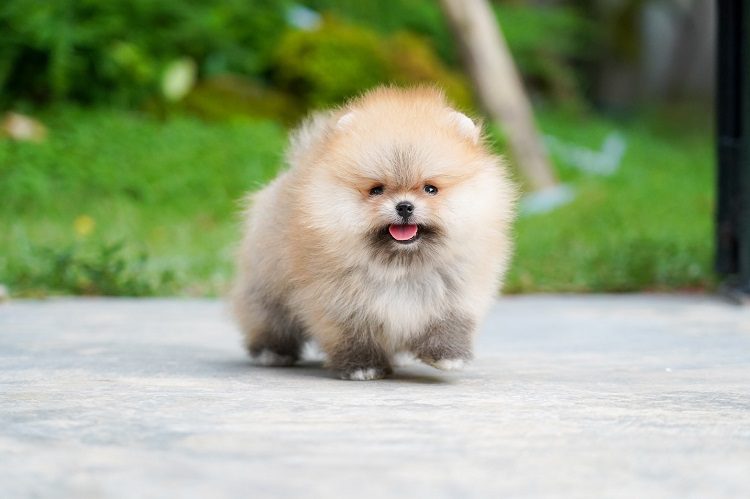
Pomeranians are a breed that is of Nordic descent and of medium energy.
They are very alert and intelligent animals.
- Colors: Red and orange are the most dominant and popular colors, but they can actually come in 18 different colors and in nine different markings.
- Head: The head is in balance with the body, and it’s carried high and proud.
- Expression: They are often referred to as being “fox-like”.
- Eyes: Eyes are almond-shaped, medium-sized, and can be dark or bright. Eye rims are black. Exceptions are chocolate, beaver, and blue.
- Body: They have a well-ribbed and compact body.
- Neck: The neck has a graceful slope that goes into lean shoulders. It is also slightly arched.
- Chest: The chest is oval in shape.
- Shoulders: They have well-laid back shoulders. They are muscled in a moderate amount.
- Tail: They have a heavily plumed tail. The tail is set high, and it lies flat.
- Thighs: They are moderately muscled.
- Legs: The legs are moderately muscled, parallel, and straight. They are also moderately spaced and set behind the forecast.
- Feet: The feet appear cat-like. They are compact and well arched. They are round and tight, and they do not turn in or out.
- Coat: They have a double coat and a short and dense undercoat. They have long hairs that have a harsh texture, and they form an abundant outer coat. The outer coat stands off the body, and it has a ruff around the neck.
Health Issues
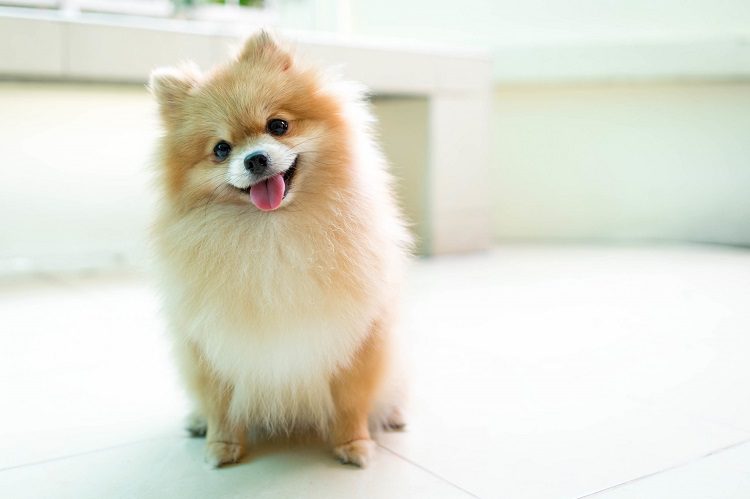
Health concerns or issues that the owners of a pomeranian must be watchful for would be any of the following conditions or troubles:
- Patella luxation
- Alopecia
- Tracheal collapse
- Heart problems
- Bad teeth
- Seizures
- Ear infections
- Allergies
- Liver shunts
- Hypoglycemia
- Skin problems
- Open fontanel
- Cushing’s disease
- Injuries
- Epilepsy
- Giardia
- Drastic fur changes
The Orthopedic Foundation for Animals ranks the pomeranian in the 1st position in reference to patellar luxation and ranks them 98th for hip dysplasia.
For patellar luxation, they ranked 48th, and for thyroid, the pomeranian ranked 80th.
Size
Pomeranians are a breed that is small in size, short-backed, and compact.
They are often referred to as “toys.”. The pomeranian has a lifespan of 14–16 years.
Personality Traits
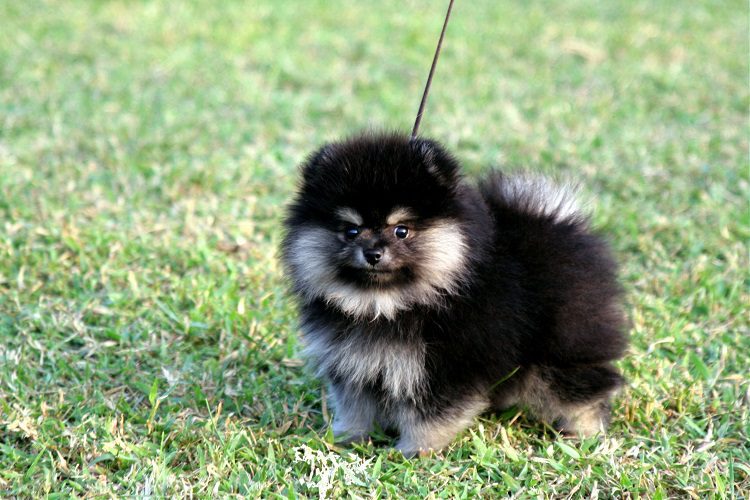
The pomeranian exhibits intelligence in expression, is buoyant in deportment, and is inquisitive by nature. They are very lively, bold, inquisitive, and sound in both composition and action.
They can live in an apartment very well and be happily satisfied. They need a lot of attention from their people very often.
The Pomeranian can be an excellent family dog with the proper training some of which would include the following:
- Teaching them the daily routines, such as when and where to eat.
- Train them with “no” and “good.”. Once those are learned, move on to the next words.
- The next words can be: quiet, stay, off, come, drop it, and those similar.
- Being taught not to jump off the furniture or any height that might hurt them.
- Teaching the pomeranian to respect you.
- Socializing your pomeranian with other animals and people
- Teaching crate training is an important part of the routine.
- They must be taught that they are going to need to be handled.
- They need to be taught gentleness, as do the owners, at the same time.
- They need to be taught household rules.
Temperament
The Pomeranian is a cocky, commanding, and energetic breed. They can get the exercise they require with a moderate walk, running laps in a fenced yard, or even just dashing about the apartment.
They suffer from separation anxiety and crave attention. They are very smart and love to learn. Pomeranians can make very good little watchdogs.
Care Instructions
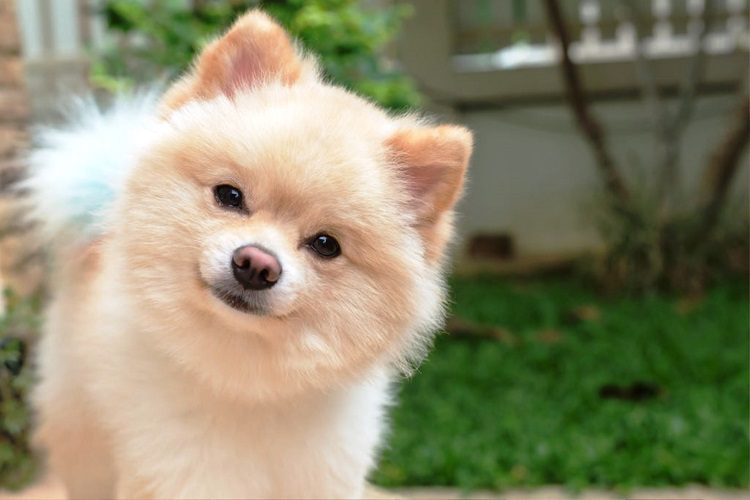
House training would require teaching the master and the pomeranian both the limitations of the tiny size. They require the normal regular weekly grooming functions, an occasional bath, and the following care needs to be met:
- Trimming the fast-growing nails This will prevent them from cracking and splitting.
- Ears should be cleaned and checked regularly. This will prevent infections and the buildup of wax and debris.
- Regular teeth brushing should be handled to prevent tartar and bad breath.
- Have clean water available at all times.
- They should be brushed twice a week.
- Consider getting a dog jacket, dog boots, and dog socks to protect your pomeranian from the cold.
Conclusion
In conclusion, the pomeranian is a breed that requires a lot of attention, love, and praise and is to be worked with on a very regular and often basis.
Due to their small size, they do not require a lot of space or specific care requirements but are very small and fragile.
Resources:

